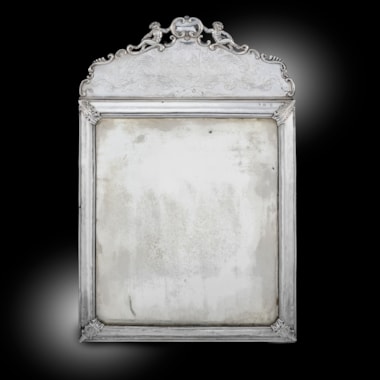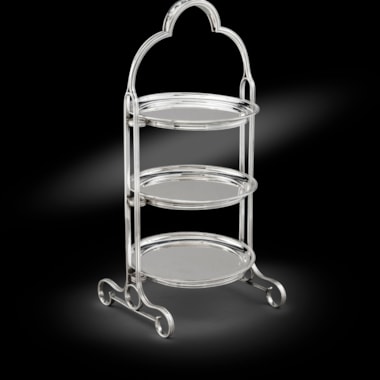The British Bull Dog was a popular type of solid-frame pocket revolver introduced by Philip Webley & Son of Birmingham, England, in 1872, and subsequently copied by gunmakers in continental Europe and the United States. It featured a 2.5-inch (64 mm) barrel and was chambered for .442 Webley or .450 Adams cartridges, with a five-round cylinder. Webley produced smaller scaled .320 Revolver and .380 calibre versions later, but did not mark them with the British Bull Dog name.
The design of the British Bull Dog revolver had been in existence since 1868, but Henry Webley registered the trademark in 1878. From that time to the present, the term has come to mean any short, barrelled double-action revolver with a swing-out ejector rod and a short grip.
Intended to be carried in a coat pocket, many have survived to the present day in good condition, having seen little actual use. The design originated in 1868 for the Webley Royal Irish Constabulary model revolver and was manufactured as late as 1917.
A version made by Webley, but finished by Belfast-based gunmaker, Joseph Braddell, known as the Ulster Bull Dog, used a longer grip frame than the standard, making the revolver easier to control and shoot.
The Bulldog was popular in Britain and America. US Army general, George Armstrong Custer, was said to have carried a pair at the Battle of the Little Bighorn. British Bull Dog revolvers were issued to employees of the Southern Pacific Railroad Company until 1895.
GIBSON & CO LTD
This firm of goldsmiths and jewellers appears to have been established before 1865 by William Gibson1. Having been converted into a limited liability company under the style of Gibson & Co Ltd, the firm is recorded at Donegall Place, Belfast [5.3.1896-30.5.1912], and (34 & 36) Castle Place, Belfast [30.5.1912], with Edward Watson as secretary [5.3.1896], and John A. Pryde [15.10.1903-30.5.1912], John Todd (20.9.1907-30.5.1912], and Gibson [30.5.1912] as directors. William An exhibitor at the Dublin Exhibition of 1865 and at the Philadelphia Exhibition of 1876, William Gibson showed at the latter a large number of items including daisy hair pins, 'the leaves being upon delicate springs that yield to the slightest motion, and thus arranged give the pearl and diamond ornaments not only the appearance of great richness, but a life-like naturalness, as if one gazed on a living flower bearing upon its leaves the precious stones as native production. . (his) bracelets, earrings, a finger rings, chaplets, and tiaras are most exquisite productions, calculated to attract attention A masterpiece of art and beauty, and the finest collection of precious stones on.
You May Also Like








































































